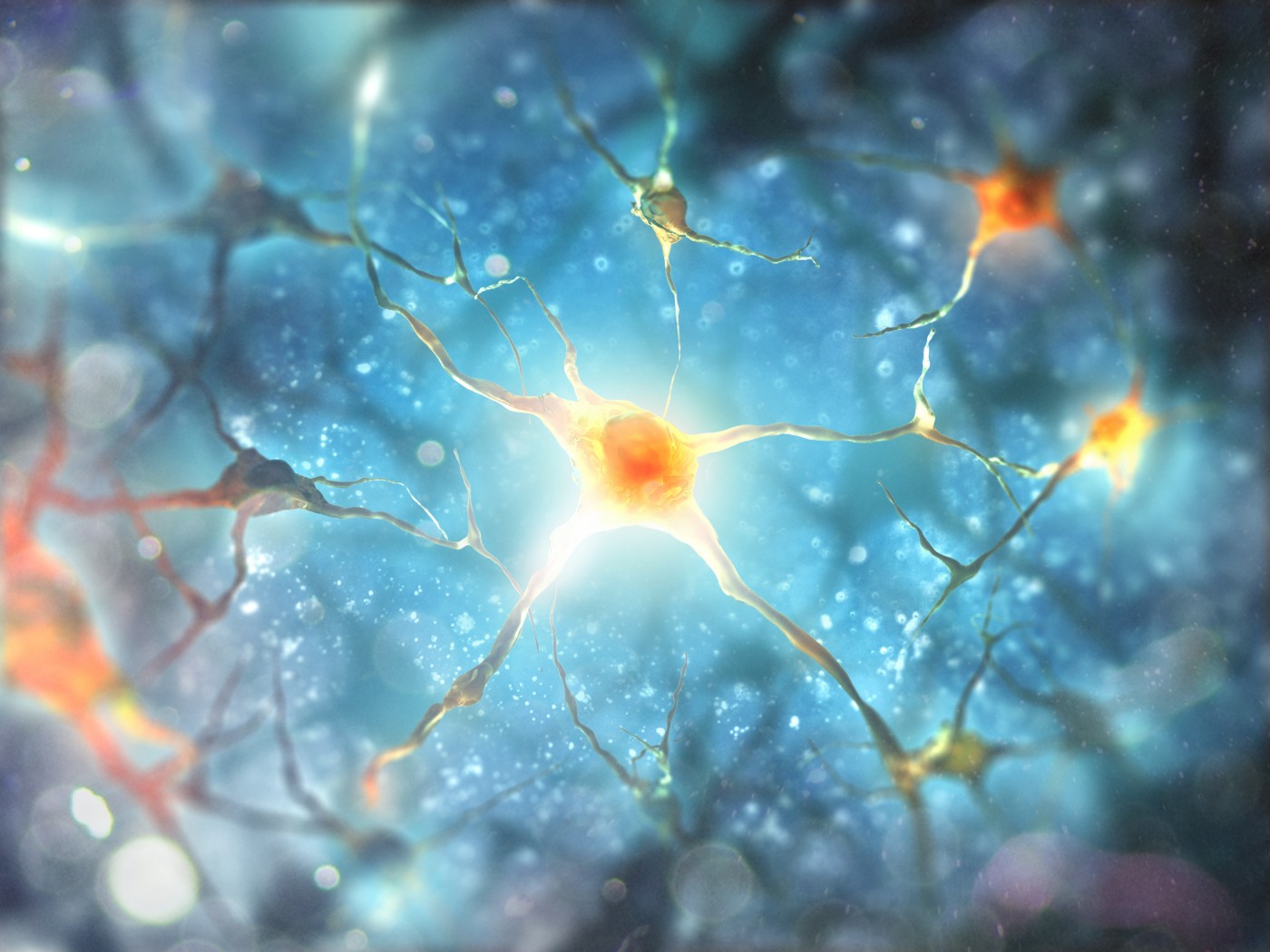MS Nerve Degeneration Triggered by Chain Reaction in Cells
Written by |

Researchers in the United Kingdom recently discovered that a small molecule triggers the destruction of axons, a phenomenon observed in neurodegenerative diseases like multiple sclerosis (MS). The study is titled “Wallerian Degeneration Is Executed by an NMN-SARM1-Dependent Late Ca2+ Influx but Only Modestly Influenced by Mitochondria” and appears in the journal Cell Reports.
Neurons communicate and transmit electrical signals to other neurons and cells through their axons, delicate, long and slender projections that compose up to 99% of the neuron’s volume. The degeneration and loss of axons, and consequently the communication between neurons, is the basis of several neurodegenerative diseases, including MS, Alzheimer’s and Parkinson’s.
Researchers found that the molecule nicotinamide mononucleotide (NMN) triggers a chain reaction resulting in axon destruction. NMN is a precursor of nicotinamide adenine dinucleotide (NAD), a molecule vital for the production of energy in cells. NMN was found to initiate axon degeneration in both neuron cell cultures and animal models (zebrafish) of neurotoxicity and acute injury.
The team also found that in injured axons, NMN acts together with the protein SARM1, which plays a role in the innate immune system (the body’s first defense line against potential pathogens), to further axon degeneration. The triggering of this chain reaction ultimately leads to toxic calcium levels and axon death.
“This study adds a new layer to our understanding about the connections between NAD metabolism and axon degeneration as it identifies a signalling role for NMN, a molecule previously known only as an NAD precursor,” said the study’s senior author, Dr. Laura Conforti of the University of Nottingham, in a news release. “This discovery suggests that controlling the levels of NMN and the downstream signals it evokes may have an unexpected therapeutic potential in neurological disorders where axon degeneration is an underlying cause.”
The team believes their findings could lead to new therapeutic strategies for MS and other neurodegenerative diseases, although more work is needed. “Clinical applications of our research still require extensive further studies. However our findings identify important players in the chain of events leading to axon death and the steps that are the most promising targets for therapy,” concluded Dr. Conforti.





